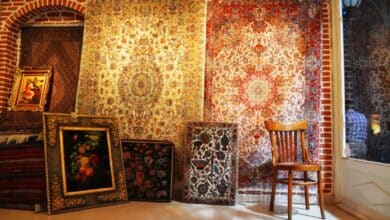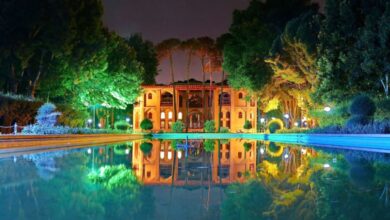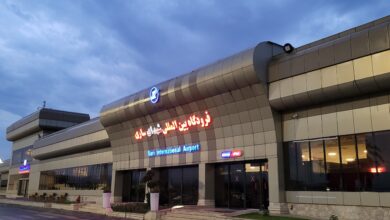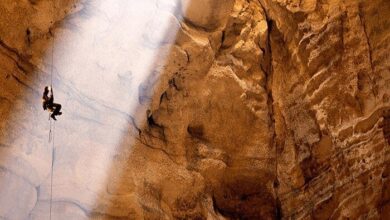Discovering Kerman: Iran’s Cultural Marvels
Discover The History Of This Ancient City
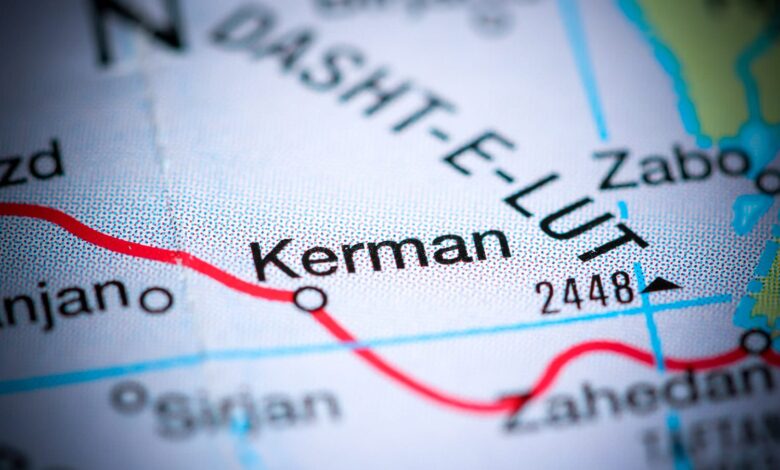
Situated along ancient trade routes in southeast Iran lies the historic city of Kerman, once a thriving hub on the Silk Road. Today, modern Kerman still encapsulates its medieval Persian heritage through atmospheric-covered bazaars, tranquil gardens, and ornate Islamic architecture. From scenic mosques to ancient citadels, Kerman rewards travelers with cultural and natural splendors. Let’s explore the top sites and experiences for uncovering this age-old city.
Contents
Ganjali Khan Complex
The Ganjali Khan complex is one of the most famous attractions in Kerman. It is part of the Grand Bazaar of Kerman. Ganjali Khan, one of the famous rulers during the reign of Shah Abbas, constructed many structures and contributed to the development of Kerman during his governance. This 11,000-square-meter complex was built in the Isfahan style of architecture. The complex has various sections, including a bazaar, mosque, school, caravanserai, etc. Ganjali Khan Square can be considered equivalent to Naqsh-e Jahan Square in Isfahan and Amir Chakhmaq Square in Yazd.
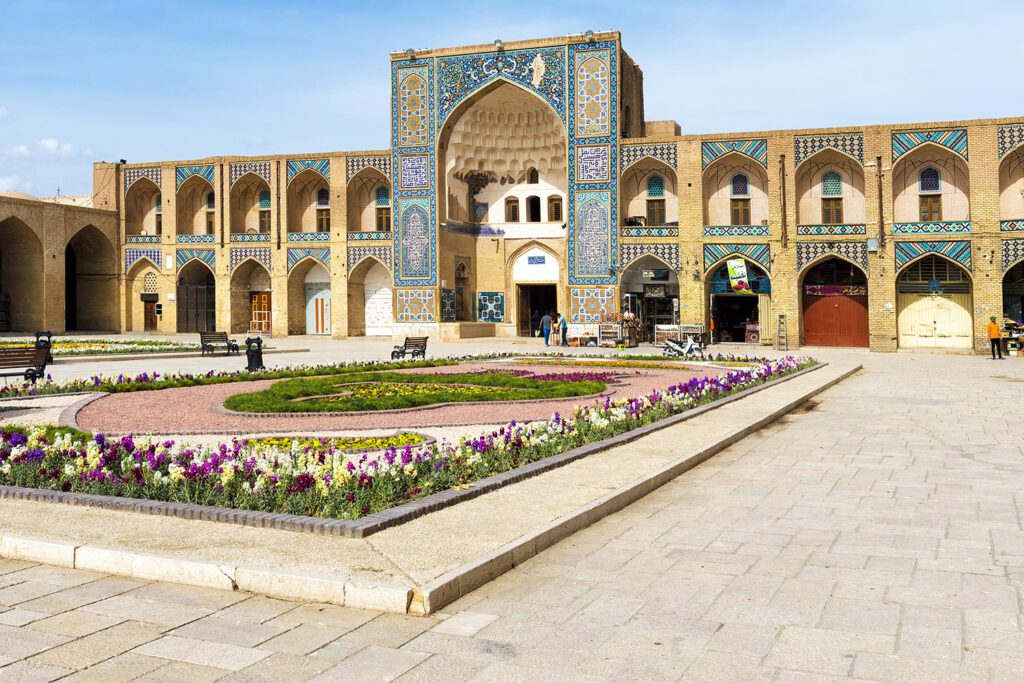
Ganjali Khan Bathhouse (Kerman Anthropology Museum)
The Ganjali Khan bathhouse is one of the relics from the Safavid era. This bathhouse is part of the Ganjali Khan complex, renowned for its architecture and decorations among tourists. The bathhouse was restored in 1968 and started as an anthropology museum. Wax sculptures are placed in different parts of the bathhouse, depicting people from various classes of old society. The historic Ganjali Khan bathhouse is registered among the national heritage sites of the country.
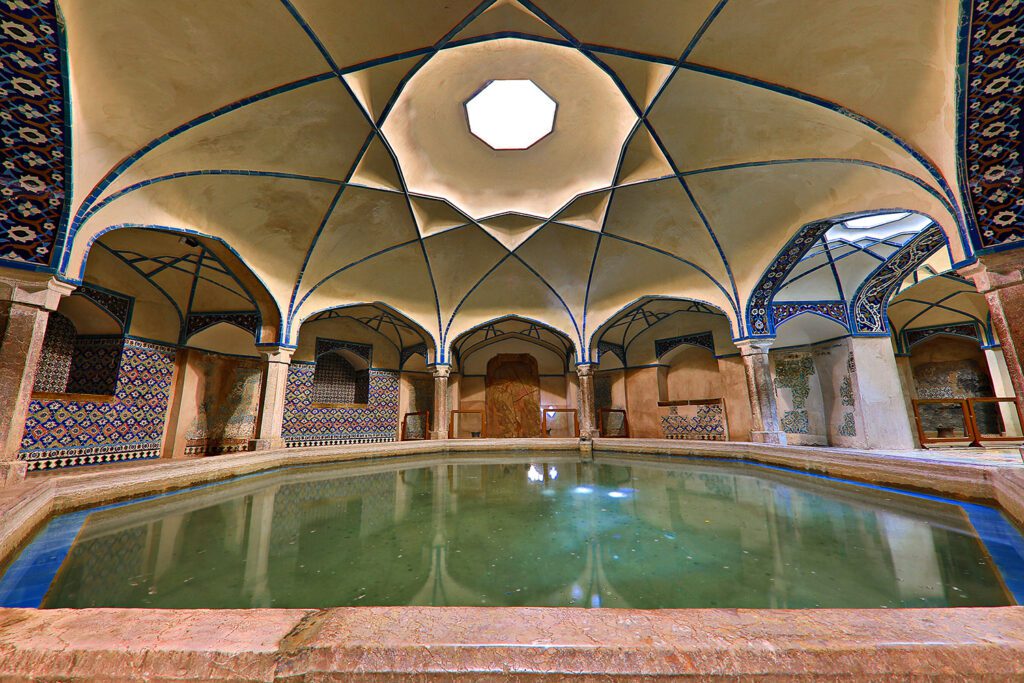
Moshtaqiyeh Tomb (Moshtaqiyeh Dome)
The Moshtaqiyeh Tomb, also known as the Three Domes, is one of the historical monuments from the Qajar era.
The Moshtaqiyeh dome is the burial place of Mushtaq Ali Shah, a famous Sufi of the 13th century AH. In addition, other significant figures like Kowsar Ali Shah Hamadani and Sheikh Esmail Herati have also been buried here.
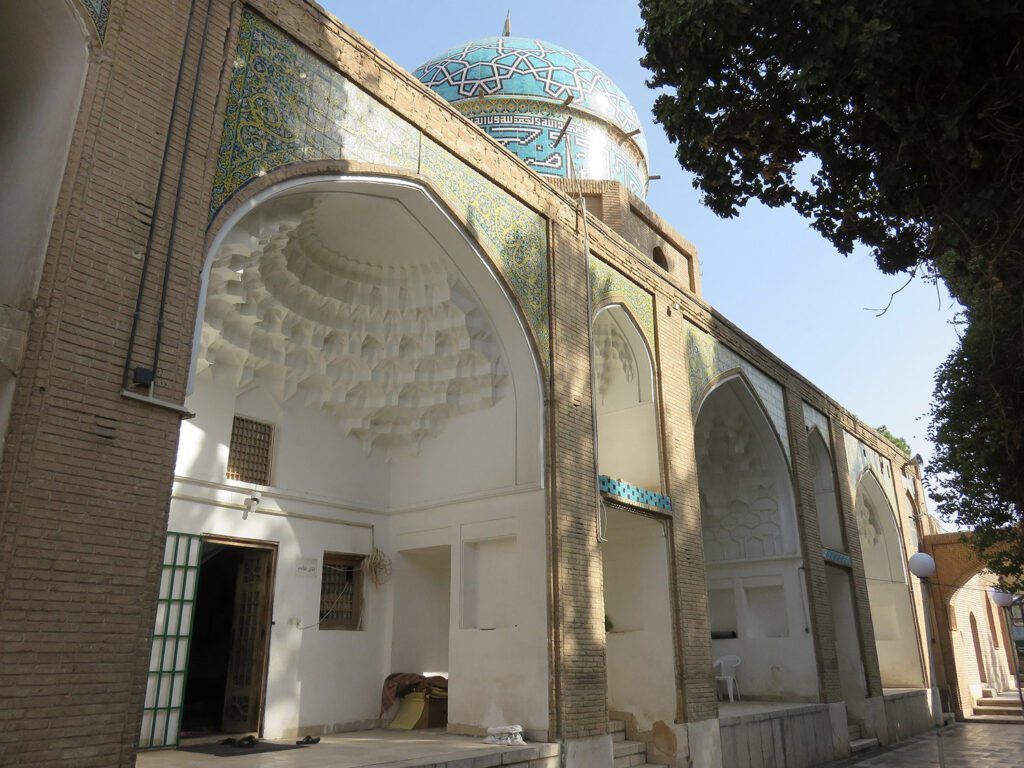
The decorative artifacts of the Moshtaqiyeh complex built in the recent century include tiling, painting, plasterwork, and muqarnas. However, the dome tiling is not original and was done about 27 years ago, as the passage of two qanats under the structure caused land subsidence and damage to the building over different eras.
The northern tomb (Mushtaq Ali Shah’s tomb) is decorated with interior embellishments and a valuable pulpit from the Qajar era.
Orienttrips Booking
Book Kerman Hotel
Ebrahim Khan Complex
The Ebrahim Khan complex in Kerman, built in 1815, covering an area of approximately 4,500 sq m, consists of a school, bathhouse, cistern, and bazaar dating back to Fath Ali Shah Qajar’s reign. Ebrahim Khan Zahir al-Dowleh, the ruler of Kerman, built this beautiful public welfare complex in Kerman’s historical fabric, like the Ganjali Khan complex.
Sardar Bazaar
The Sardar Bazaar in Kerman is also listed among the national heritage sites of Iran. This bazaar, with several intersecting smaller bazaars and three main entrances, lies on the periphery of the Kerman Grand Bazaar, the largest and longest bazaar in Iran.
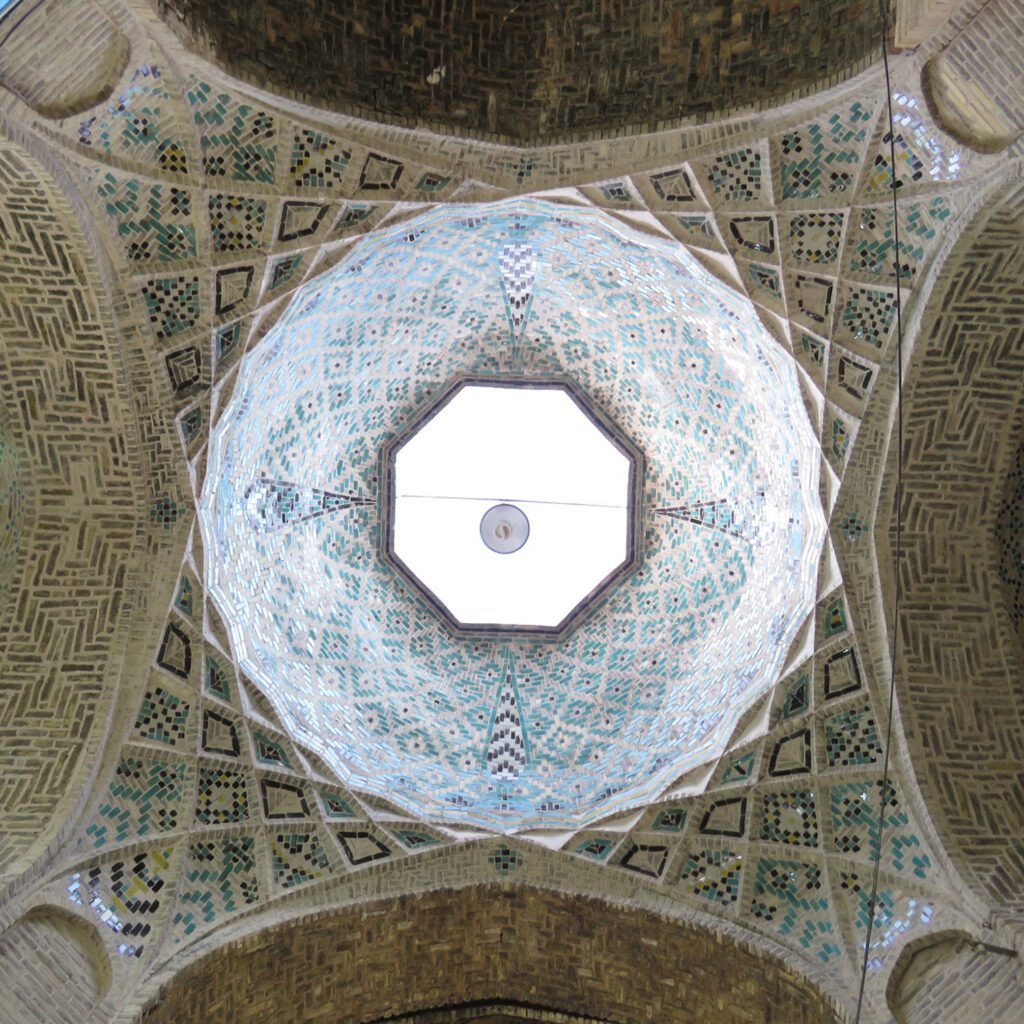
The Sardar Bazaar, mostly belonging to fabric sellers, always draws the attention of domestic and foreign tourists with its unique and fantastic architecture and distinctive tiling. The diversity and difference in the tiles’ design have earned the Sardar Bazaar the title of “the Encyclopedia of Maghlebi Tiling.”
Kerman Grand Mosque (Mozzafari Grand Mosque)
The Mozzafari Grand Mosque, known as the Kerman Grand Mosque, is a historic mosque with incomparable, magnificent architecture that can attract any traveler’s attention. This historical monument was built during the reign of Amir Mobraz al-Din Mohammad Mozzafar, head of the Mozzafarid dynasty. However, additions and repairs were made to it in later periods. This four-pillared mosque with a high portal, porch, tiled shabestan, and mosaic work was nationally registered in Iran in 1937.
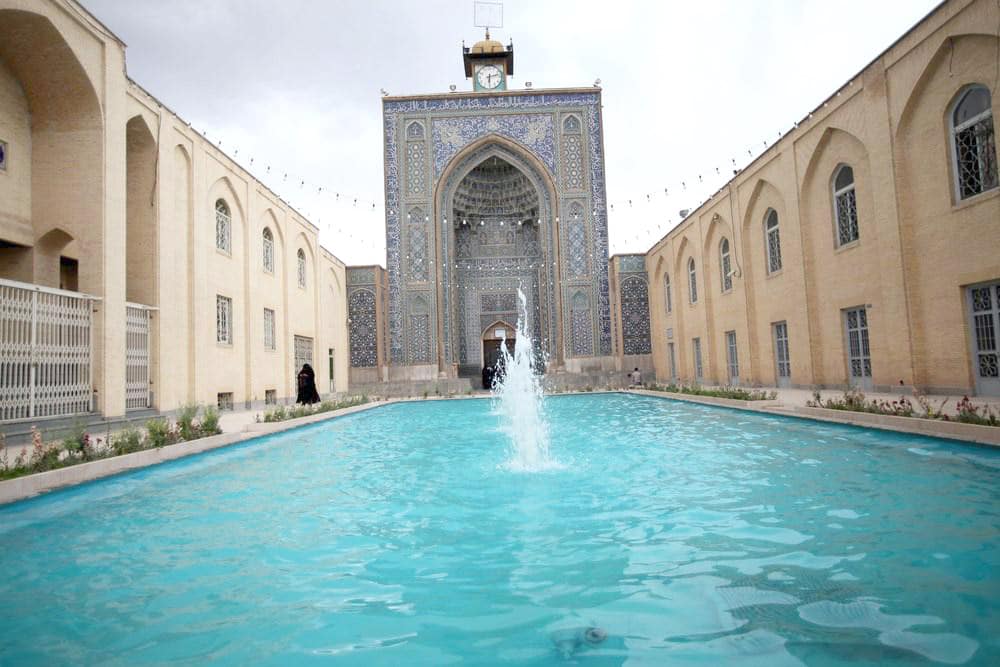
Fathabad Garden Kerman (Beiglar Beigi Garden)
Fathabad Garden, also known as the Beiglar Beigi mansion, is a Qajar-era garden registered as one of Iran’s national heritage sites. This garden was once very prosperous, its construction style becoming the model for the globally renowned Shazdeh Garden. The restored Fathabad Garden, with its tree-lined paths, large pool, beautiful night lighting, and various facilities like restaurants and teahouses, has become the choice of many tourists. Fathabad Garden is beautiful day and night due to its splendid lighting.

Shazdeh Garden
Strolling and enjoying a garden’s charming and tranquil scenery is one of the best recreations, especially if you tour a historical and spectacular garden in the heart of a desert city. Shazdeh Garden is one of these delightful gardens located 2 km from Mahan city and near Kerman. Shazdeh Garden is a verdant and heartwarming garden in the desert and one of the sights of Kerman. It is considered one of the 9 famous Iranian gardens and is renowned worldwide. It was registered in 2011 on the UNESCO World Heritage list.
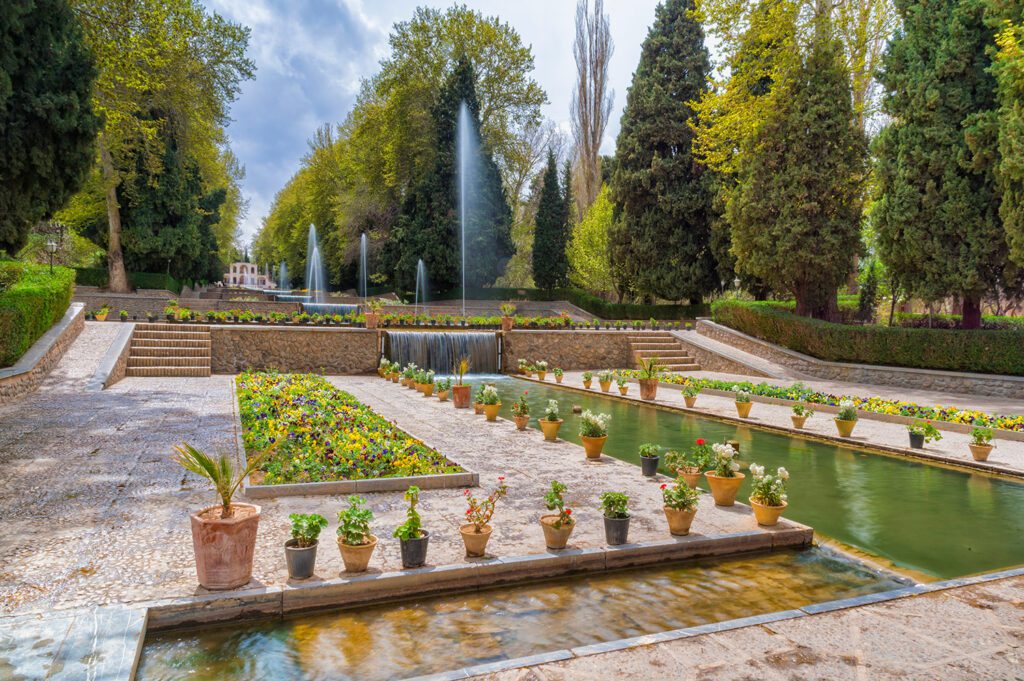
Shahdad Kaluts
Although a large part of Kerman attractions consists of historical monuments, one must recognize the natural attractions of this vast province. Shahdad Kaluts are among the natural wonders of Kerman province, with unforgettable formations that resemble an ancient abandoned city from afar.
Kalut (scientifically called Yardang) is a natural phenomenon common in arid parts of the world like Iran, America, Chad, Egypt, and Peru, referring to the u-shaped ridges and furrows in desert areas. Kaluts date back about 20,000 years.
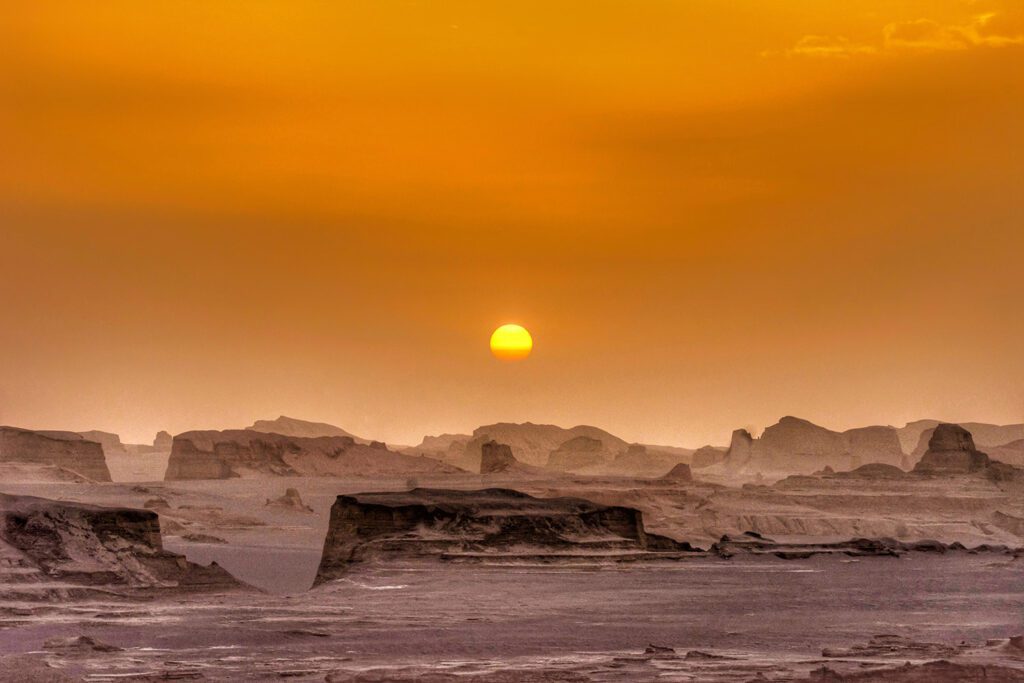
In the land of Shahdad, a soft breeze whispers in the ear, inviting one to watch the majesty of the Lut desert. It is impossible not to admire this wonder if you are among the kaluts at sunrise or sunset. As the sun sets, the stars slowly appear to turn the black expanse of the sky into the most beautiful picture in the world.
Kerman Grand Bazaar
The Kerman Bazaar, also known as the Kerman Grand Bazaar, is considered the longest bazaar portico in Iran. This bazaar was mainly built after the 8th century AH, so each part was constructed during one ruler’s era and incorporated special features from each period.
Some characteristics of the Kerman bazaar are unique among Iran’s bazaars, like Kerman’s tallest windcatcher in the bazaar with worldwide fame.
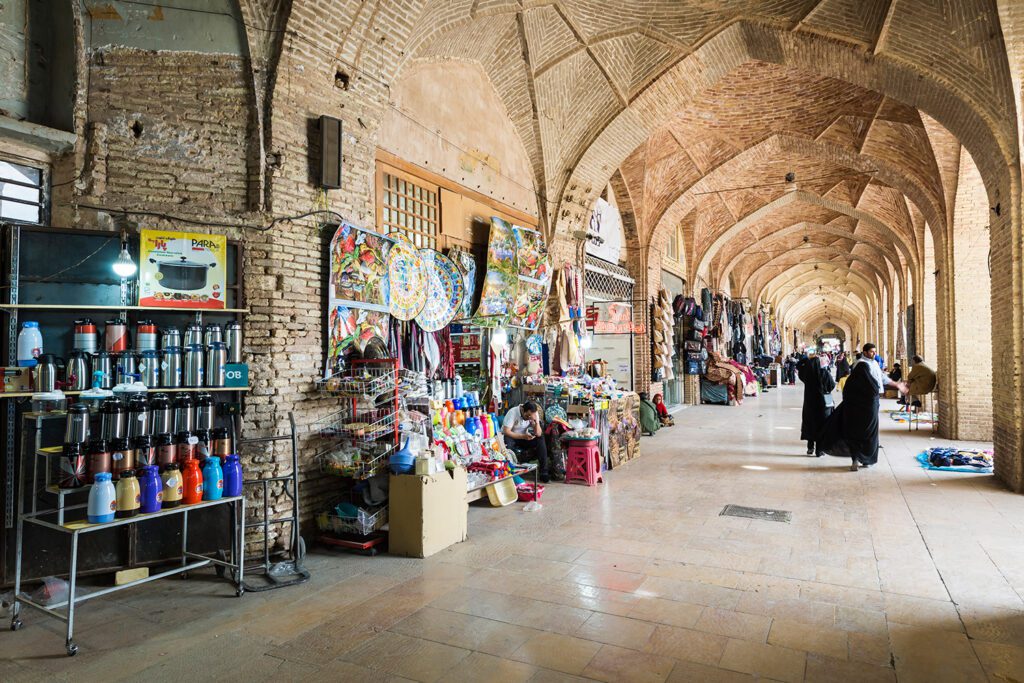
The grand bazaar of Kerman consists of various sections, some of which, such as Vakil Bazar, Ekhterai Bazar, Ganjalikhan Bazar, etc., are part of the main bazaar lane. In contrast, others like Qal’eh Bazar and Sardar Bazar are side lanes intersecting the main bazaar lane or alleys connected to the grand bazaar. This bazaar is a great place to buy Kerman souvenirs and handicrafts.
Kerman Zoroastrian Fire Temple
The Zoroastrian fire temple was founded during the Pahlavi rule. The temple building is made of brick bearing the three words “Himmat,” “Hukht,” and “Huresht,” meaning good thought, speech, and deed above the entrance.

Visiting the Zoroastrian fire temple with its ever-burning sacred fire provides an opportunity for enthusiasts to become familiar with Zoroastrian religious rituals.
Final Words
From bustling bazaars to picturesque gardens, Kerman rewards visitors with cultural and natural splendors. This historic city retains the echoes of medieval Persia while looking to the future. Wandering through Kerman provides glimpses into Iran’s rich past at the crossroads of global trade, all wrapped into an enjoyable and scenic Iranian destination.

